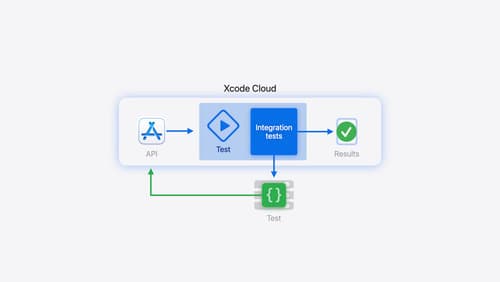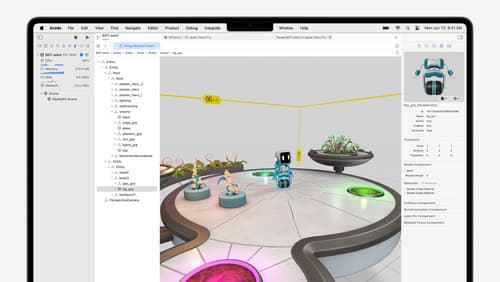give me tips to improve my build time
Asked on 2025-05-09
1 search
To improve your build time, you can consider the following tips based on the content presented at WWDC:
-
Use Explicitly Built Modules: This feature in Xcode 16 improves parallelism, provides better diagnostics, and speeds up debugging. For C and Objective-C, explicit modules are on by default, but for Swift, you'll need to opt in. You can enable explicitly built modules in your build settings. This change allows the build system to control module builds, which can lead to more efficient builds (What’s new in Xcode 16).
-
Optimize Module Variants: By making your settings uniform across your project, you can reduce the number of module variants that get built. This allows modules built for a given source file to be shared across targets, which can help in reducing build times (Demystify explicitly built modules).
-
Improve Swift Package Integration: Xcode 16 has improvements in Swift package integration, allowing you to queue up builds without waiting for package resolution to finish first. This can streamline your build process and save time (What’s new in Xcode 16).
-
Utilize Xcode Cloud: If you're using Xcode Cloud, you can scale your workflows as your app grows. This includes defining environment variables, start conditions, build actions, and post actions to optimize your build process (Extend your Xcode Cloud workflows).
By implementing these strategies, you can potentially improve your build times and make your development process more efficient.

Extend your Xcode Cloud workflows
Discover how Xcode Cloud can adapt to your development needs. We’ll show you how to streamline your workflows, automate testing and distribution with start conditions, custom aliases, custom scripts, webhooks, and the App Store Connect API.

Break into the RealityKit debugger
Meet the RealityKit debugger and discover how this new tool lets you inspect the entity hierarchy of spatial apps, debug rogue transformations, find missing entities, and detect which parts of your code are causing problems for your systems.

What’s new in Swift
Join us for an update on Swift. We’ll briefly go through a history of Swift over the past decade, and show you how the community has grown through workgroups, expanded the package ecosystem, and increased platform support. We’ll introduce you to a new language mode that achieves data-race safety by default, and a language subset that lets you run Swift on highly constrained systems. We’ll also explore some language updates including noncopyable types, typed throws, and improved C++ interoperability.
